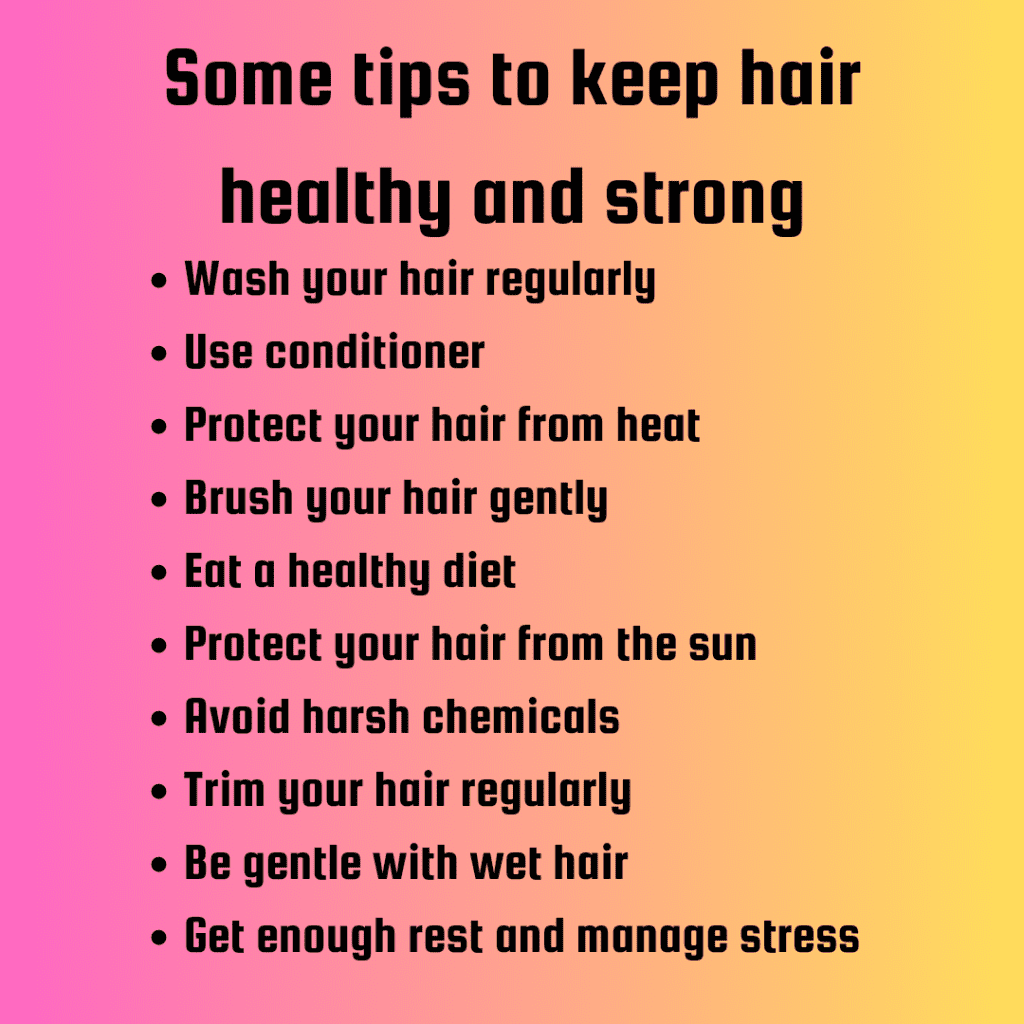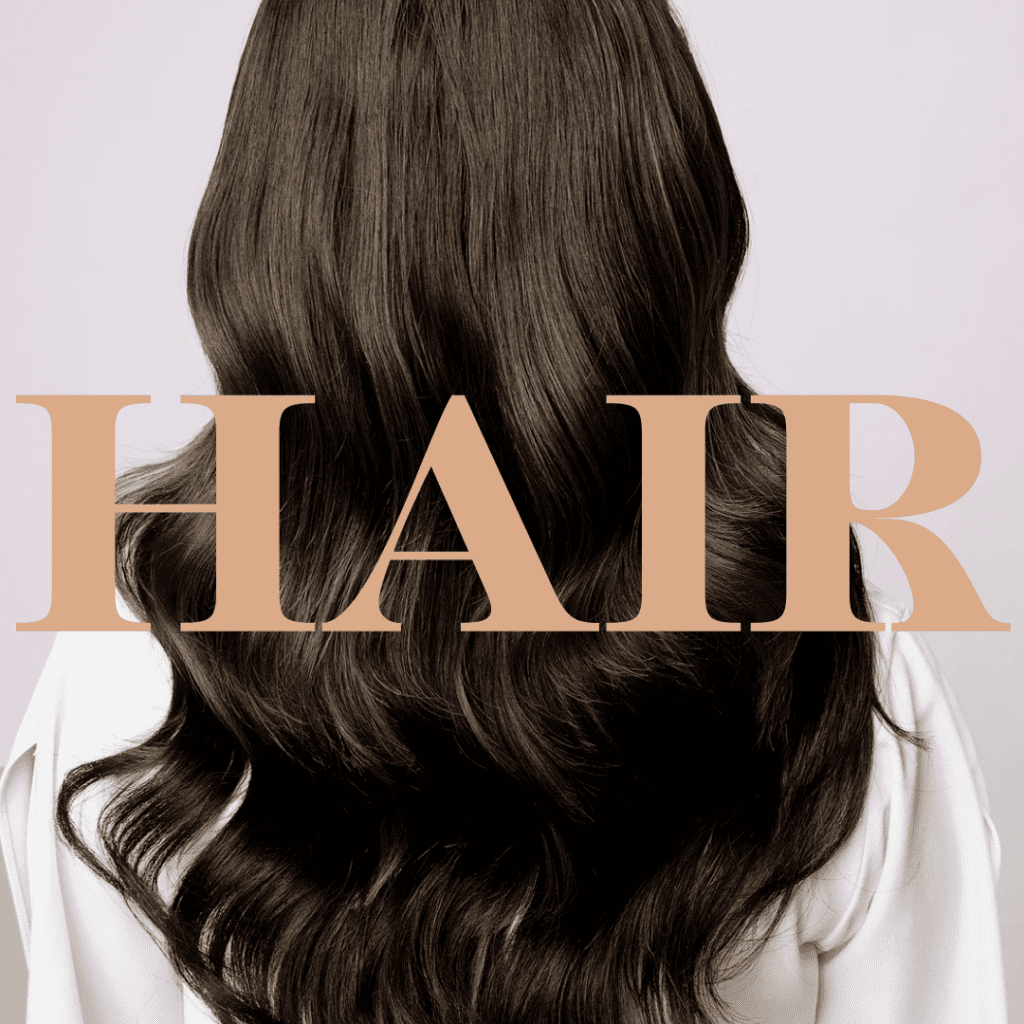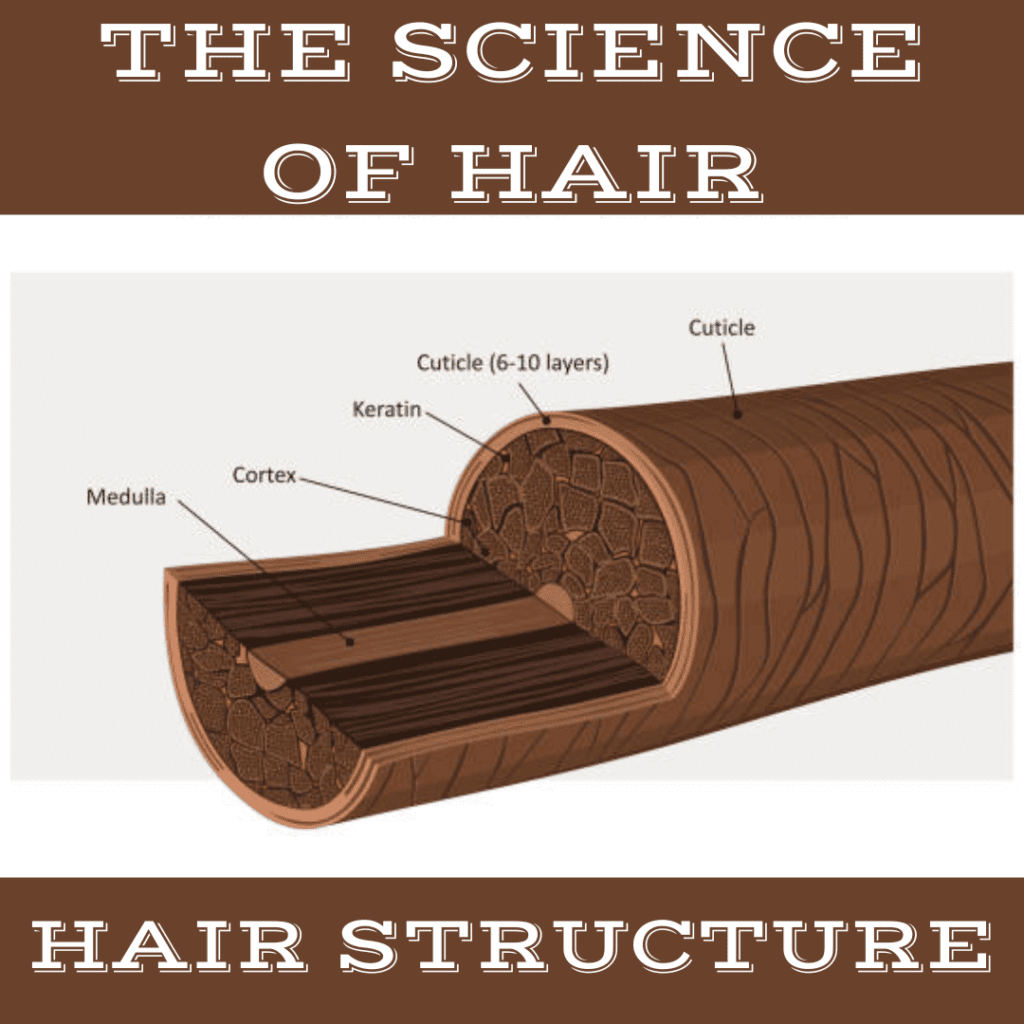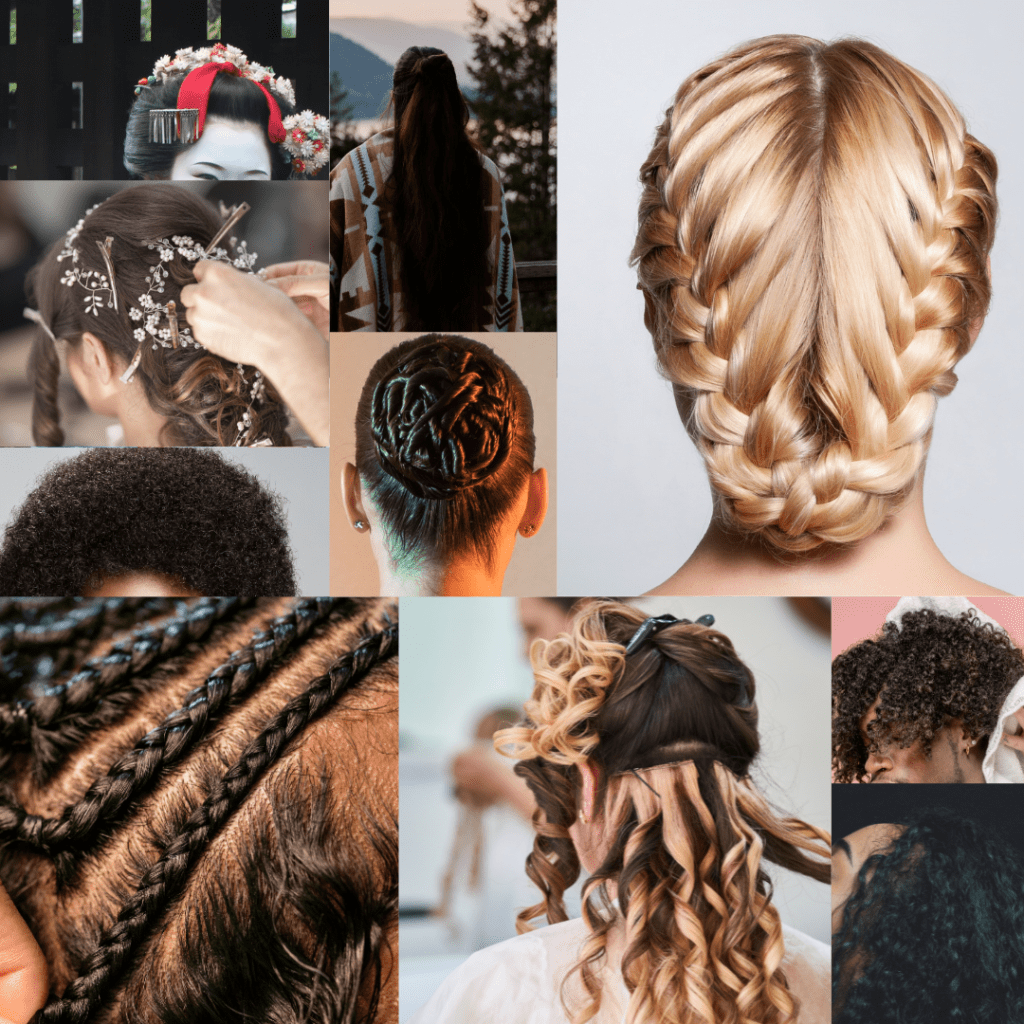Hair Science and Culture: Understanding the Complexities of Your Hair
Hair is a defining feature of human beings. It comes in different colors, textures, and lengths, and is often a source of pride and self-expression. From hairstyles to hair care, the world of hair is vast and varied. In this blog post, we will explore the science behind hair, its cultural significance, and ways to care for it.
The Science of Hair
Hair is a complex structure composed of a protein called keratin. It grows from follicles in the skin and is made up of three layers: the cuticle, cortex, and medulla. The cuticle is the outermost layer of the hair, and it is made up of overlapping scales that protect the inner layers. The cortex is the middle layer and is responsible for giving hair its strength and color. The medulla is the innermost layer and is made up of loosely packed cells.
The growth cycle of hair is divided into three phases: anagen, catagen, and telogen. The anagen phase is the active growth phase, where hair grows at a rate of about half an inch per month. The catagen phase is the transitional phase, where hair stops growing and detaches from the blood supply. The telogen phase is the resting phase, where hair remains in the follicle until it falls out or is pushed out by new hair growth.
The color of hair is determined by the amount and type of pigment in the cortex layer. Melanin is the most common pigment and comes in two types: eumelanin and pheomelanin. Eumelanin is responsible for dark hair colors, while pheomelanin produces lighter hair colors.
Cultural Significance of Hair
Hair has played a significant role in cultural and social identity throughout history. In ancient Egypt, hair was considered a symbol of wealth and power, and both men and women wore elaborate hairstyles and wigs. In ancient Greece and Rome, long hair was associated with youth and beauty, while short hair was seen as a sign of maturity and sobriety.
In many Native American cultures, hair is considered sacred and is often worn long as a symbol of spiritual power and connection to the earth. In some African cultures, hair is braided and styled in intricate patterns to symbolize cultural identity and beauty.
In modern Western culture, hair is often used as a form of self-expression. Hairstyles can communicate personality, social status, and cultural affiliations. Many people also dye their hair in different colors to express their individuality and creativity.
Hair Care

Proper hair care is essential for maintaining healthy, strong hair. Here are some tips for caring for your hair:
- Wash your hair regularly: How often you wash your hair depends on your hair type and lifestyle. People with oily hair may need to wash their hair more frequently than those with dry hair. Use a gentle shampoo that suits your hair type and scalp.
- Use conditioner: Conditioner helps to detangle and moisturize hair, making it easier to comb and style. Choose a conditioner that matches your hair type and apply it to the ends of your hair.
- Protect your hair from heat: Heat styling tools like hair dryers, straighteners, and curling irons can damage hair over time. Use them sparingly and always apply a heat protectant spray or serum before styling.
- Brush your hair gently: Use a wide-toothed comb or brush to detangle your hair, starting at the ends and working your way up. Avoid pulling or yanking on tangles, as this can cause breakage and damage.
- Eat a healthy diet: Eating a balanced diet rich in protein, vitamins, and minerals can help promote healthy hair growth. Foods like eggs, nuts, leafy greens, and fatty fish are all good sources of these nutrients.
- Protect your hair from the sun: Sun exposure can cause damage to your hair, just as it can to your skin. Wear a hat or use a hair product with SPF to protect your hair from the sun’s harmful rays.
- Avoid harsh chemicals: Chemical treatments like perms, relaxers, and bleaching can weaken and damage your hair. Avoid these treatments if possible, and if you must use them, make sure to follow the instructions carefully and use a deep conditioning treatment afterwards.
- Trim your hair regularly: Regular trims can help to prevent split ends and breakage, and keep your hair looking healthy and vibrant.
- Be gentle with wet hair: Wet hair is more vulnerable to damage than dry hair, so be extra gentle when combing or brushing your hair after washing. Use a wide-toothed comb and work through tangles slowly and carefully.
- Get enough rest and manage stress: Stress and lack of sleep can contribute to hair loss and breakage. Make sure to get enough rest and find ways to manage stress, such as exercise or meditation.
Conclusion
Hair is a complex and fascinating part of the human body, with cultural and social significance that spans centuries. Taking good care of your hair can help to keep it healthy, strong, and beautiful, and allow you to express yourself in a unique and creative way. Whether you prefer long, flowing locks or a short and sassy pixie cut, your hair is an important part of your identity, and should be treated with care and respect. So go ahead and rock that hairstyle with confidence and pride, knowing that your hair is as unique and beautiful as you are.




